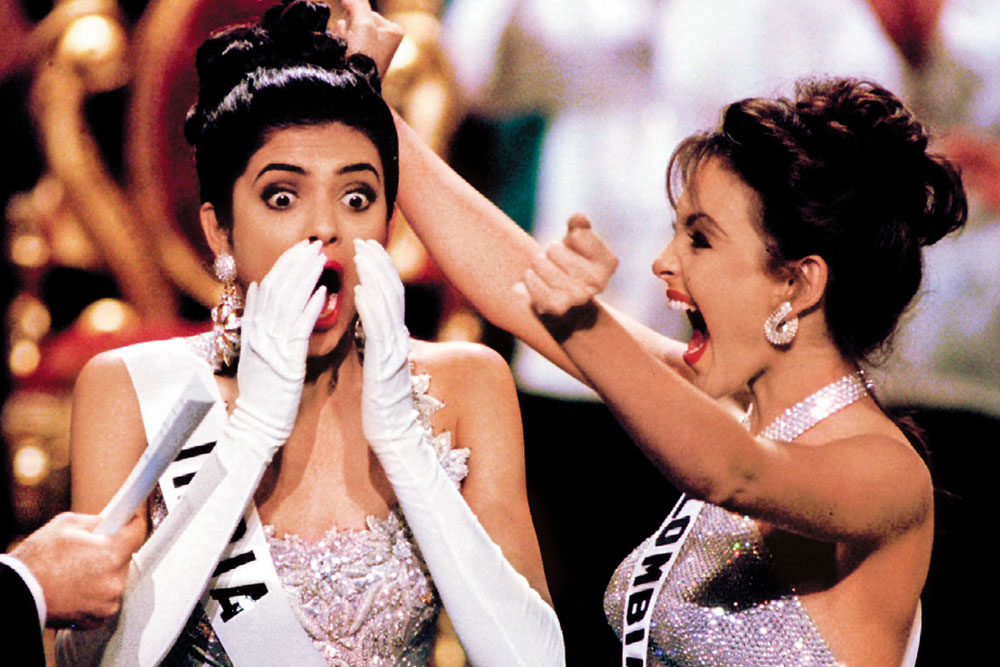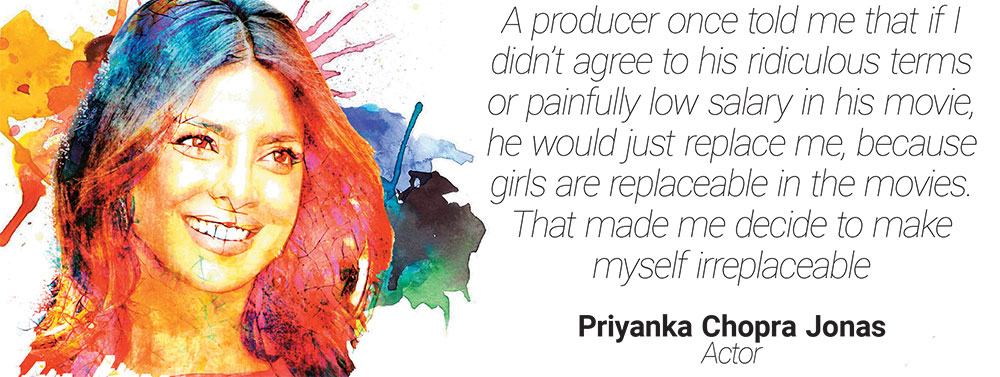
When a forward-thinking Dr Verghese Kurien and Tribhuvandas Kishibhai Patel introduced the White Revolution in 1970 in Gujarat, few expected that it would become the world’s most extensive dairy development programme. However, the initiative’s success has an imperceptible reason: it was aimed at the womenfolk, who would care for the household’s cattle when the men were involved in agriculture.
By empowering the rural women, households prospered, as did the state’s fortune. Ghoghasamardi in Gujarat now has a woman sarpanch and an all-women panchayat managing the village’s affairs. This is the first for the entire country.
All this occurred because Dr. Kurien had the brainwave of financially empowering women directly through a cooperative society and letting them manage the milk supply from their respective cattle and the payment they received in return. Once women started contributing to the family income, they started taking charge of several other things which had a bearing on their lives.
Therein lies a tale, and a lesson, for brands. That the hand that rocks the cradle, or milks the cow, in this instance, holds the purse strings.
Companies eager to build a loyal customer base while espousing their gender equality stance must rethink how they represent women in their brand messaging. Of course, they can ignore this soft power only at their peril.
Recently, Google analysed almost three million YouTube advertising and marketing videos in India and found some interesting insights. While the male representation was 1.5 times more than women, 80% of consumer spending was influenced by women.
This includes the independent working professional who decides which financial product to invest in or the housewife who decides which tea or soap brand fits the monthly budget that her husband allows her.
Now, let us juxtapose this with some other figures. According to the Periodic Labour Force Survey for July 2020–June 2021, the female labour force participation rate in India went up by a meagre 2.3% in 2021 from 22.8% in 2020 to stand at 25.1%.
Economic independence is an important aspect of any individual’s well-being, offering them better opportunities to improve the quality of their life and that of their family. Yet, women are constantly kept out of this ambit.
And, why is it so?
The answers can be found in our history. Let us start with Manusmriti, the religious text written by King Manu, laying down the rules for people to live their life in ancient Bharat. Manu says, “A girl, a young woman, or even an old woman should not do anything independently, even in (her own) house. In childhood, a woman should be under her father’s control, in youth under her husband’s, and when her husband is dead, under her son’ s.”
Generations followed this diktat to the letter T, which often starts with making women feel unclean when they hit puberty banishing them to corners in the household and hitting on their sense of self-worthiness. Kept in the purdah and confined to the kitchen and bedroom, generations of women believed themselves unworthy.
They had little knowledge of what transpired beyond the thresholds of their homes. This started the cycle of self-loathing amongst the ladies, best epitomised in the Hindi word ghinh (disgust), even as society systemically underplayed their contribution to anything besides procreational and recreational purposes.
Of course, it is an entirely different matter that these domestic spaces had their own power structures, usually dominated by the matriarch or the first wife. This compensated for the lack of agency outside their homes, and they would use their feminine charms to get what they wanted from the men in the family, be it their father, brother or spouse.
Homemakers comprise the largest chunk of unrecognised and unmonetised labour force since they are not paid for their efforts. According to the time-use survey conducted by the National Statistical Office, women spend close to 299 minutes daily on unpaid domestic services for household members, as compared to 97 minutes spent by men on the same chores. And yet, financial independence has been denied to homemakers, while underestimating their physical and fiscal contribution to the household.

Over the years, the plight of women has changed, but marginally. Most still remain in gilded cages, convinced that it is the best space for them with gifts of shiny baubles. But, this is not their personal income; it is family wealth, and often they do not have the right to use it when push comes to shove.
Many spirited women have torn this cage apart and spread their wings wide to stake their rightful place in the world. However, this has not come easy for them as they had to battle many challenges along the way, be they in terms of gender prejudices, inequity in pay, social disapproval or even criticism from their own families.
On one end of the spectrum are mothers who dissuade their daughters from using makeup quoting the oft-repeated phrase “log kya kahenge”. On the other, some mothers subject their daughters to unjust and unreal beauty standards all in the bid to land a catch, aka a husband, with a settled background.
Fortunately, some brands decided to call out these misogynistic misadventures. One example is Dove, which has tried to highlight how skewed these societal standards surrounding beauty are and the pressure it places on ordinary women. Putting its money where its marketing is, its 2004 Campaign For Real Beauty featured photographs of regular women instead of professional models. The latest #StopTheBeautyTest ad campaign takes this further by showing how women with perceived beauty flaws are discriminated against. One line in the ad especially stands out, “Padh likh ke laayak bano nahi; kisi pade likhe ke laayak bano (do not be successful yourself by becoming educated; be successful for an educated man).”
Ads like this help ignite conversations around discrimination at home, schools and workplaces. However, there are others who have the potential to make an impact but miss it by a yardstick.
Like Lalita Ji, the outspoken housewife from Surf Excel ads, who would negotiate with the dhobi for overcharging her. Given this ubiquitous brand’s reach and potential to trigger conversations about how the Indian housewife could direct a nation’s narrative, the brand came short by showing her bargaining with the grocer and vegetable vendor, instead of competing with men in the boardroom.
As per the World Economic Forum’s Global Gender Gap Report 2022, it will take 132 years to close the global gender gap. “As crises are compounding, women’s workforce outcomes are suffering and the risk of global gender parity backsliding further intensifies,” the report says.
While the world tackles various economic and political jolts, organisations can play an important role in helping put gender equity back on track. They can ensure that their marketing and advertising campaigns shine a light on how women can access more opportunities for a better future for societies and communities. And, this does not mean swapping the sari with a skimpy dress.
Instead, they can start by countering the prevalent stereotypes and depict real-world women and their dreams, aspirations and disappointments. They can come up with campaigns that help boost their self-esteem. They can show how women can expand their spheres of influence by buying a car or a house, typically associated with products bought by the more knowledgeable man of the house.
Given the decisive role that advertising can play, these small and constant nudges can help build a meaningful connection with the target audience and challenge the status quo where women are still treated as second-class citizens.
Prahlad Kakkar is ad man, marketing guru and author











